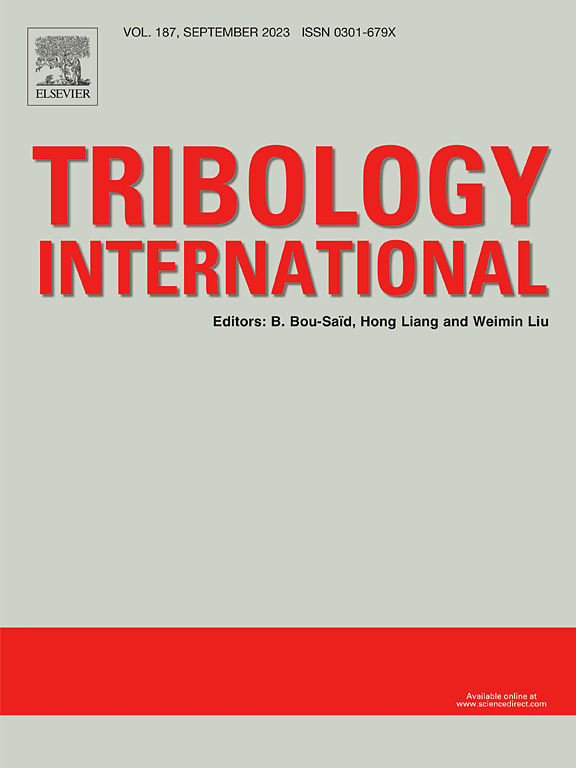Prediction of grinding parameters for additively manufactured Ti-6Al-4V alloy using machine learning techniques
IF 6.1
1区 工程技术
Q1 ENGINEERING, MECHANICAL
引用次数: 0
Abstract
In this study advanced machine learning (ML) techniques - Random Forest, Gradient Boosting, XGBoost, and Neural Network have been used to develop predictive models for grinding parameters in additively manufactured Ti-6Al-4V alloy. It examines the key process variables, including table speed, depth of cut, and environmental conditions (dry, wet, and cryo) on grinding forces, temperature, and surface roughness. The entire dataset, comprising 99 experimental runs is evaluated using the K-fold cross-validation technique to ensure comprehensive model training and validation. The performance of each algorithm is compared using metrics like R2 and Mean Square Error, providing a comparison of predictive accuracy. This finding offers the role of cooling conditions and the potential of ML for enhancing predictive accuracy in advanced manufacturing processes.
求助全文
约1分钟内获得全文
求助全文
来源期刊

Tribology International
工程技术-工程:机械
CiteScore
10.10
自引率
16.10%
发文量
627
审稿时长
35 days
期刊介绍:
Tribology is the science of rubbing surfaces and contributes to every facet of our everyday life, from live cell friction to engine lubrication and seismology. As such tribology is truly multidisciplinary and this extraordinary breadth of scientific interest is reflected in the scope of Tribology International.
Tribology International seeks to publish original research papers of the highest scientific quality to provide an archival resource for scientists from all backgrounds. Written contributions are invited reporting experimental and modelling studies both in established areas of tribology and emerging fields. Scientific topics include the physics or chemistry of tribo-surfaces, bio-tribology, surface engineering and materials, contact mechanics, nano-tribology, lubricants and hydrodynamic lubrication.
 求助内容:
求助内容: 应助结果提醒方式:
应助结果提醒方式:


